

The Super Mario series spent the 80s and early 90s as the pinnacle of 2D platforming, where each core Mario title was another high watermark for the genre. Then the franchise took a turn with Super Mario 64, as it basically invented the 3D platformer and set the standard for each that followed it. As the philosophy of 3D Marios continued to mature and grow, eventually 2D Marios came back into popularity in a big way with New Super Mario Bros. This left you with two very different, but very popular branches of the same series, but where’s the middle ground? That’s what Super Mario 3D Land is looking for.
Despite the simplicity to the concept of a little guy jumping from a thing to another thing, 3D Land has so many different techniques and styles to select from in series history, finding that middle ground is nebulous at best. Moreover, it’s the first title in the franchise to have glasses-free 3D effects at its disposal, which opens up a whole other can of design worms. Luckily, 3D Land very often chooses wisely from where it takes inspiration while making up some new rules of its own, as it creates a new legacy as the first original 3D Mario for handhelds.
Even decades later, Mario defines gaming for so many because of its always easy to understand, from concept to level design to controls. And despite any advancements made in the gameplay and level design over the last 25 years, the plot is the same as it ever was: Bowser kidnaps Princess Peach, Mario keeps jumping on things until he saves her. The basic concept of the game is as old as time and we don’t fault Nintendo for reusing it, as we’d almost be disappointed if the devs dropped the tradition at this point.
The simplicity of the characters’ motivations is reflected in the controls as well, where you just need to grasp the same old concepts you love about Mario: he runs and jumps. The 3DS Circle Pad works great for moving Mario around at normal speed, while jumping just feels right for Mario, like he’s jumping the same way he has for decades. The game needs that base of familiar controls to make the new concepts that are introduced work and it’s almost always successful.
However, those core controls have one major hitch thanks to a concept that is at once very familiar to Mario and something many will find unfamiliar: the run button. 2D Mario games have had the run button forever and it always made sense with the standard d-pad, but for people who have played 3D Marios for more than a decade, it doesn’t add up in your brain. 3D Land has 3D visuals and 3D controls with an analogue pad, so it only makes sense that if you move the stick all the way in a certain direction, Mario should be running. For the first hour or so we had to keep reminding ourselves that Mario was so sluggish on-screen because we weren’t holding down Y.
It’s one of the few times in Super Mario 3D Land where the styles clash, but this big one pops up because it draws inspiration at once from New Super Mario Bros and Super Mario Galaxy. Both were massive successes, and level design fluctuates between the two, but New Mario wins the control battle. 3D Mario fans must learn to love holding Y most of the time they play, and after an hour or so running and holding Y+B for speedy jumping became workable for us and we were navigating stages with ease, but it never felt “normal.” We adapted to the classic rules of taking damage, saving power-ups and jumping on flag poles, but playing with analogue controls and holding a button to run simply isn’t the best way to do it. Maybe if you’re the type of person that somehow avoided 3D Marios until now it’ll make more sense, but this was an unnecessary hurdle to get over.
Level design also exists in the stylistic middle ground between Mario design philosophies. Something you’ll note right from the start is just how focused the layout of every area is. There’s no hub world, no giant planetoids, and no mountains to climb. Almost every stage is built around a couple of concepts and one clear path for the player to follow on small platforms with clear boundaries. That may sound boring to fans of the expansiveness of recent Mario releases, but once you get this particular rhythm for 3D Land it all starts to fit.
The camera is also more static than ever, which is fine with us since direct camera control has been close to impossible to do right on the 3DS so far. That restricted camera movement flows well with the size of each stage, as platforms in this game take up a fraction of the real estate that most 3D console platformers exist in. Occasionally it can feel cramped, but mostly it just keeps you on the path the devs set in front of you and thank goodness that path is very fun indeed, and one with many, many innovative moments that take advantage of the handheld’s 3D visuals.
That smaller stage size works great with the portability of the title, as you’ll finish many stages (even the more taxing ones) in a matter of minutes. The handheld format demands levels that can be cleared in five to ten minutes while riding public transit or in the dentist’s waiting room. Again, compared to the depth of Galaxy that sounds lacking, but the quickness to the levels makes 3D Land more addictive, as you’ll feel like completing just one more stage before closing your 3DS and returning your attention to whatever is happening in real life. Unlike the running mechanic, this change in styles with the level design didn’t leave us wanting.

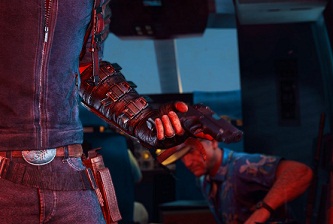
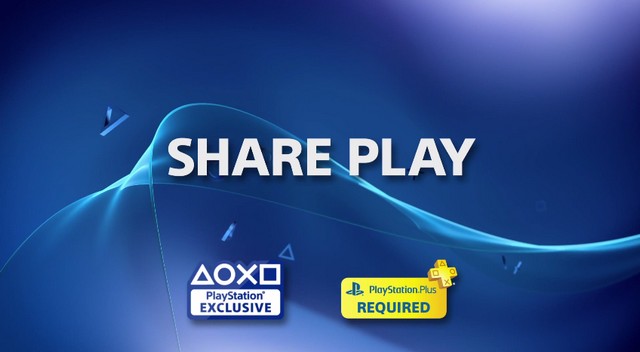
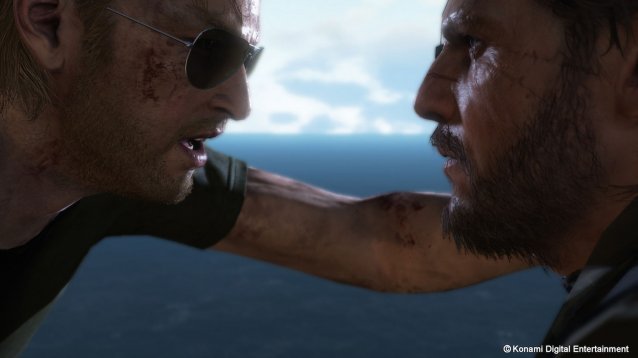
 Can you become EA Sports UFCs Ultimate Fighter?
Can you become EA Sports UFCs Ultimate Fighter? Destiny - Kaliks Reborn Strategy
Destiny - Kaliks Reborn Strategy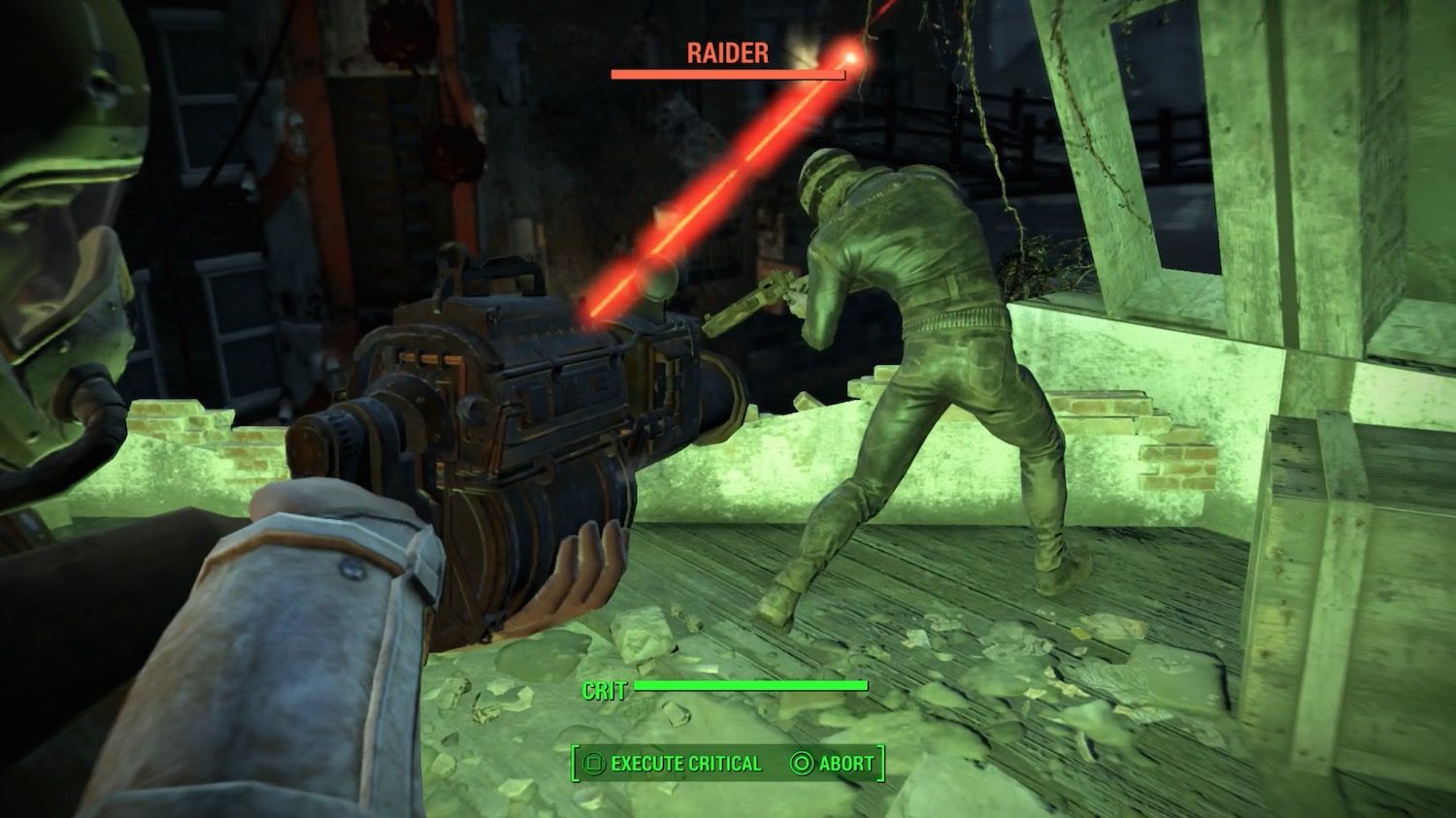 Fallout 4: Kidnapped Trader walkthrough
Fallout 4: Kidnapped Trader walkthrough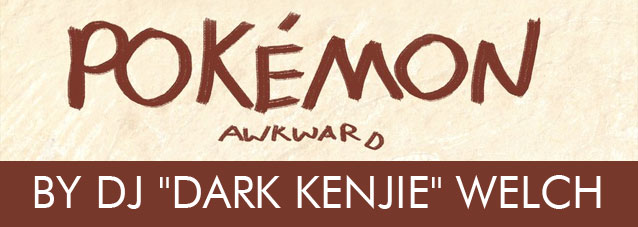 Pokemon Awkward: A Feature Gallery
Pokemon Awkward: A Feature Gallery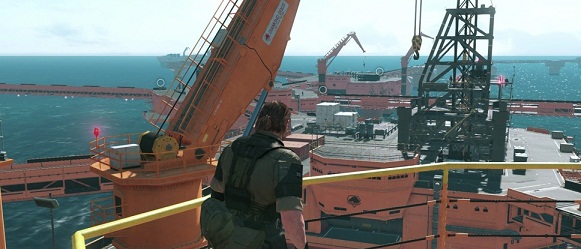 MGS 5 - The Phantom Pain: mother base guide
MGS 5 - The Phantom Pain: mother base guide